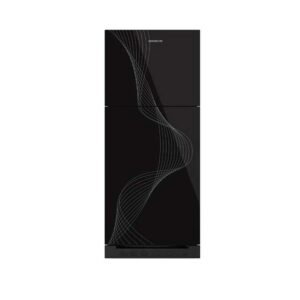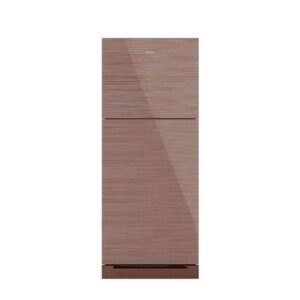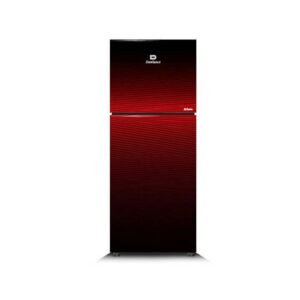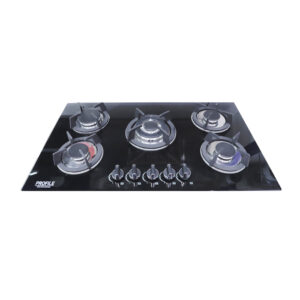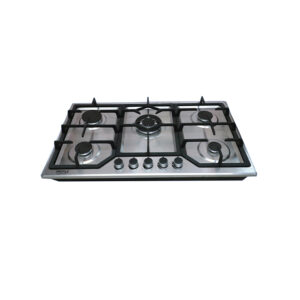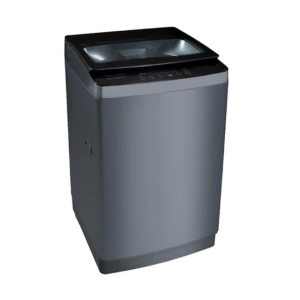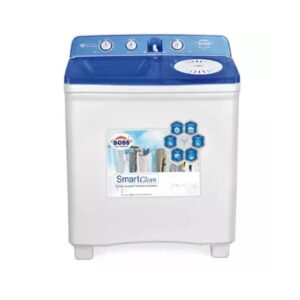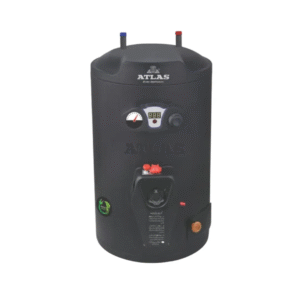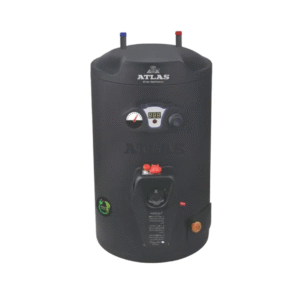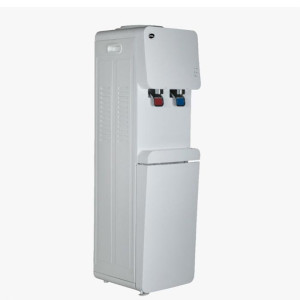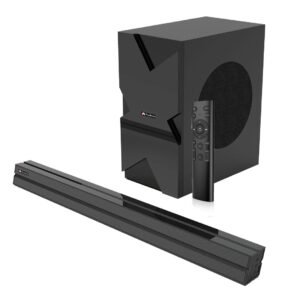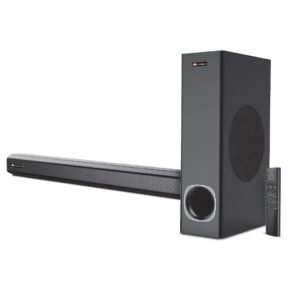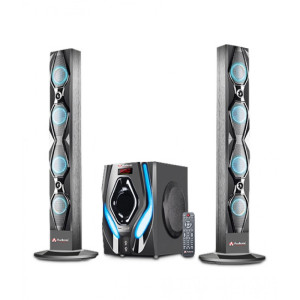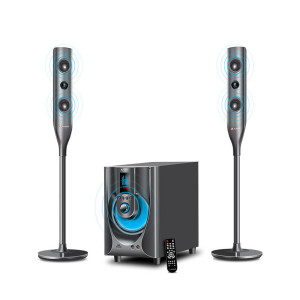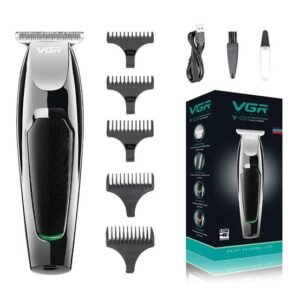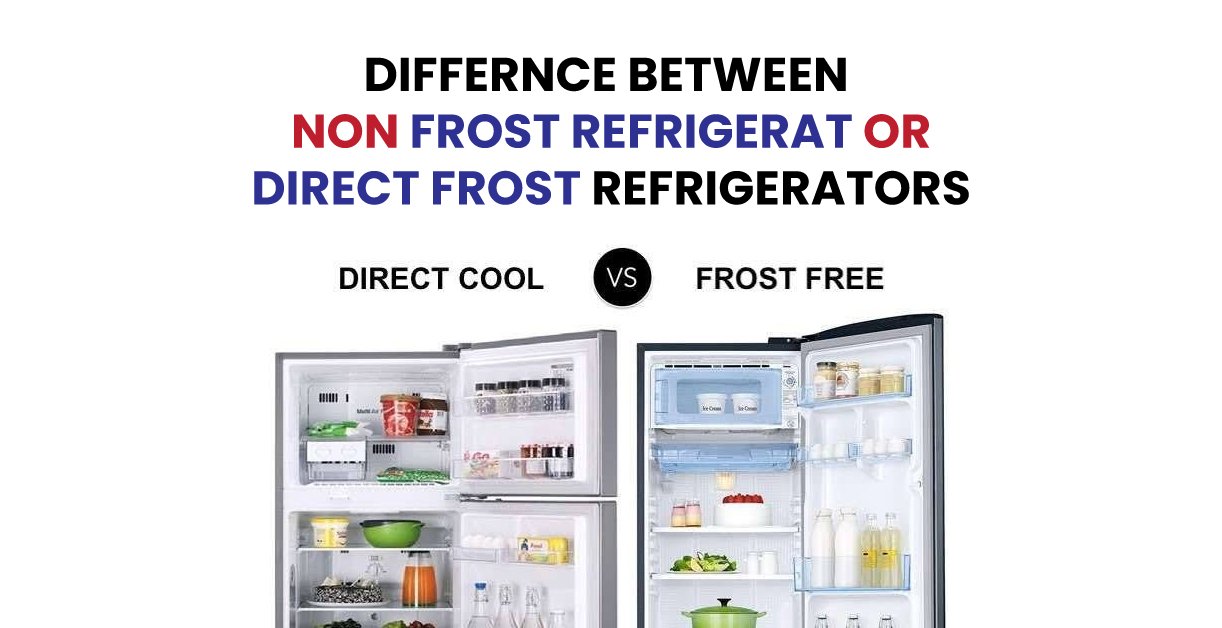When it comes to choosing a refrigerator, the type of cooling technology it uses can significantly impact your experience. Two common types are non-frost (frost-free) and direct-frost refrigerators. Understanding the differences between these two options can help you make an informed decision that suits your needs and lifestyle. Let’s explain the features, advantages, and considerations of each type.
Direct-Frost Refrigerators
Direct-frost refrigerators operate using a straightforward cooling method. In these models, frost accumulates directly on the evaporator coils inside the refrigerator compartment. Here’s a closer look at direct-frost refrigerators:
1. Manual Defrosting:
One of the key characteristics of direct-frost refrigerators is the need for manual defrosting. Over time, frost builds up on the cooling coils, which can impede airflow and reduce cooling efficiency. To keep the refrigerator running smoothly, you will need to turn off the appliance periodically to allow the frost to melt. This process can be labor-intensive and inconvenient, but it ensures that your refrigerator continues to function properly.
2. Cost-Effectiveness:
Direct-frost refrigerators are generally more affordable than their non-frost counterparts. Their simpler design means they often have fewer advanced features, which can translate to a lower price point. For those on a budget, a direct-frost refrigerator can be a cost-effective choice.
3. Simple Design:
These models typically have a simpler design, which can result in fewer components that might malfunction. This simplicity can lead to greater durability and fewer repair issues over time. The straightforward design also means that the refrigerator is often easier to maintain.
4. Energy Consumption:
Direct-frost refrigerators might use slightly more energy compared to non-frost models. The frost buildup can affect cooling efficiency, causing the appliance to work harder to maintain the desired temperature. However, the difference in energy consumption is usually not significant enough to outweigh the benefits of a frost-free model for many users.
Non-Frost Refrigerators
Non-frost refrigerators, also known as frost-free models, incorporate more advanced cooling technology. These refrigerators prevent frost buildup through automatic defrosting mechanisms. Here’s a detailed look at non-frost refrigerators:
1. Automatic Defrosting:
Non-frost refrigerators feature an automatic defrosts system that prevents frost from accumulating on the evaporator coils. A built-in fan circulates air throughout the refrigerator compartment, ensuring even cooling and preventing ice formation. This means you won’t have to manually defrost the appliance, which adds a significant level of convenience.
2. Consistent Temperature:
The even air circulation provided by non-frost models helps maintain a consistent temperature throughout the refrigerator. This can be especially beneficial for food preservation, as it reduces temperature fluctuations that can lead to spoilage. Consistent cooling also helps maintain the quality of your food for a longer period.
3. Convenience:
The lack of manual defrosting is one of the biggest advantages of non-frost refrigerators. This feature is particularly appealing to those who prefer low-maintenance appliances. The automatic defrost system takes care of frost buildup on its own, allowing you to focus on other tasks without worrying about your refrigerator.
4. Higher Cost:
Non-frost refrigerators generally come with a higher price tag due to the advanced technology and additional features. While they are more expensive upfront, many users find the investment worthwhile for the convenience and improved performance they offer.
5. Energy Efficiency:
In terms of energy consumption, non-frost refrigerators are often more efficient. The even cooling and absence of frost buildup help the appliance operate at optimal performance without expending extra energy. This can lead to savings on your energy bills over time.
Choosing the Right Refrigerator for You
Deciding between a non-frost and a direct-frost refrigerator depends on several factors:
- Budget: If you’re looking for an affordable option and don’t mind the occasional manual defrosting, a direct-frost refrigerator may be the way to go. However, if you’re willing to invest a bit more for added convenience and efficiency, a non-frost model might be a better fit.
- Maintenance Preferences: Consider how much time and effort you’re willing to invest in maintaining your refrigerator. Non-frost refrigerators offer the convenience of automatic defrosting, which can be a significant advantage for those who prefer a hands-off approach.
- Food Preservation: If maintaining a consistent temperature is important to you for food preservation, a non-frost refrigerator’s even cooling might be more beneficial. This can help keep your food fresher for longer and reduce the risk of spoilage.
- Energy Efficiency: Non-frost models are often more energy-efficient due to their advanced cooling technology. If energy savings are a priority, a non-frost refrigerator might be a more economical choice in the long run.
Conclusion
Both non-frost and direct-frost refrigerators have their own set of benefits and considerations. Direct-frost models are cost-effective and simple, but require manual defrosting. Non-frost refrigerators offer convenience with automatic defrosting and consistent cooling, though they come at a higher price. By evaluating your budget, maintenance preferences, and need for consistent food preservation, you can choose the refrigerator that best meets your needs.
Ultimately, understanding the features and benefits of each type will help you make a well-informed decision, ensuring that you select a best refrigerator from our well reputed store Electrociti, that fits seamlessly into your lifestyle and provides reliable performance for years to come.


